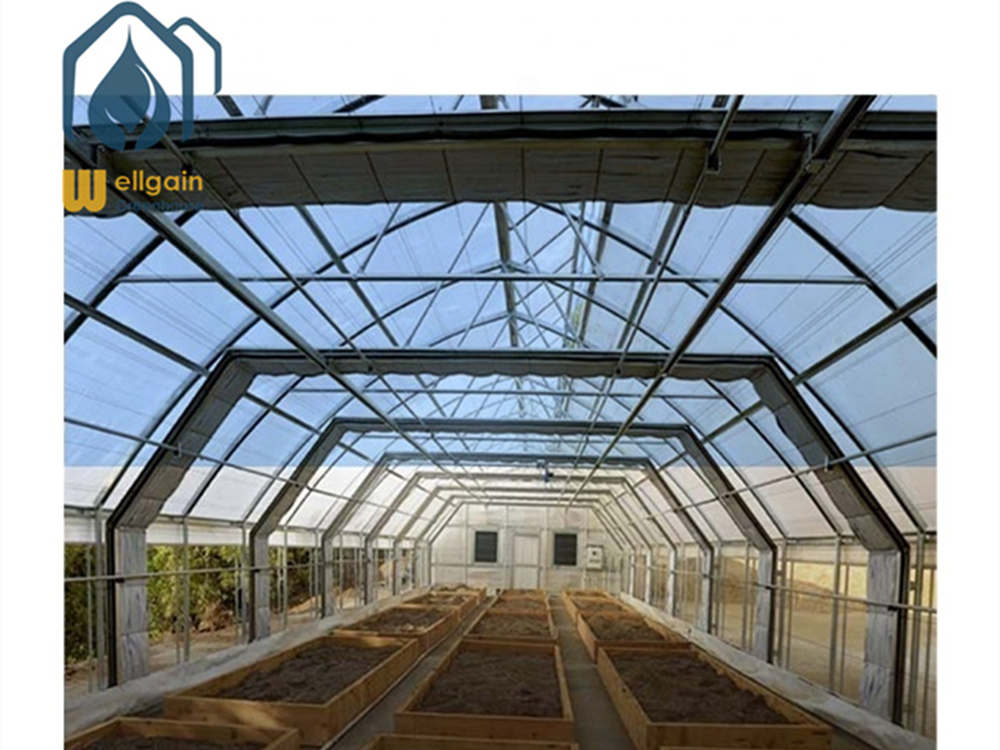Are you in the food industry looking for a reliable and eco-friendly packaging solution? Look no further than disposable paper trays. These versatile trays are an excellent choice for various food packaging needs, whether you are a wholesaler, factory, or food service provider. In this blog post, we will explore the benefits of using disposable paper trays, their custom size options, and why they are an ideal choice for microwaveable and ovenable packaging.
Why Choose Disposable Paper Trays?
Disposable paper trays offer numerous advantages over traditional packaging materials. First and foremost, they are environmentally friendly. Made from sustainable and biodegradable materials, these trays help reduce plastic waste and contribute to a greener planet.
Apart from being eco-friendly, paper trays provide excellent insulation, which is crucial for maintaining the temperature and freshness of food. They are sturdy and leak-resistant, preventing any spills or leakage during transportation. Moreover, these trays are lightweight and easy to handle, making them convenient for both food service providers and consumers.
Custom Size Paper Trays for Your Unique Packaging Needs
One of the significant benefits of disposable paper trays is their customizability. Whether you need trays for burgers, fries, snacks, or full meals, you can find paper trays in various sizes and configurations to fit your specific requirements. Custom sizing ensures that your food items fit perfectly within the tray, preventing any shifting or spilling.
Additionally, custom printing options are available, allowing you to showcase your brand logo or any artwork on the tray. This branding opportunity helps create a consistent and professional image for your food business, making a lasting impression on your customers.
Wholesale Paper Food Trays: Ideal for Wholesalers and Factories
If you are a wholesaler or a factory producing a high volume of food products, wholesale paper food trays are the perfect solution for you. They are cost-effective and come in bulk quantities, allowing you to meet your packaging needs without breaking the bank. With their durable construction, these trays ensure that your products stay secure during transportation and storage.
Moreover, disposable paper trays are stackable, maximizing storage space and facilitating easy inventory management. This feature is especially beneficial for large-scale operations where efficiency and organization play a vital role.
Microwaveable and Ovenable Paper Trays: Safe and Convenient
In today’s fast-paced world, convenience is key. Disposable paper trays offer the added convenience of being microwaveable and ovenable. You can directly heat your food in these trays, eliminating the need for additional dishes and minimizing clean-up time. This feature is highly appreciated by busy consumers who value time-saving solutions without compromising on food quality.
Not only are these trays safe for heating, but they also maintain their structural integrity under high temperatures, ensuring no deformation or leakage. This reliability is crucial when packaging and serving hot food items.
Manufacturer Paper Fresh Tray: Trustworthy Source for Quality Packaging
When it comes to disposable paper trays, choosing the right manufacturer is crucial. A reputable manufacturer ensures the use of food-grade materials and adheres to strict quality control measures. This way, you can trust that your paper trays will meet food safety regulations and maintain the freshness of your products.
Additionally, working directly with a manufacturer allows for better customization options, quicker order processing, and direct communication for any inquiries or concerns. It also eliminates unnecessary middlemen, resulting in cost savings and a more streamlined business relationship.
Invest in Disposable Paper Trays for Your Packaging Needs
As you can see, disposable paper trays offer the ideal packaging solution for a wide range of food businesses. Their customizability, eco-friendliness, and convenience make them a top choice for wholesalers, factories, and food service providers. By partnering with a reliable manufacturer, you can ensure that your paper trays meet your unique requirements while upholding quality and safety standards. Make the switch to disposable paper trays today and enjoy the benefits they bring to your business and the environment.










